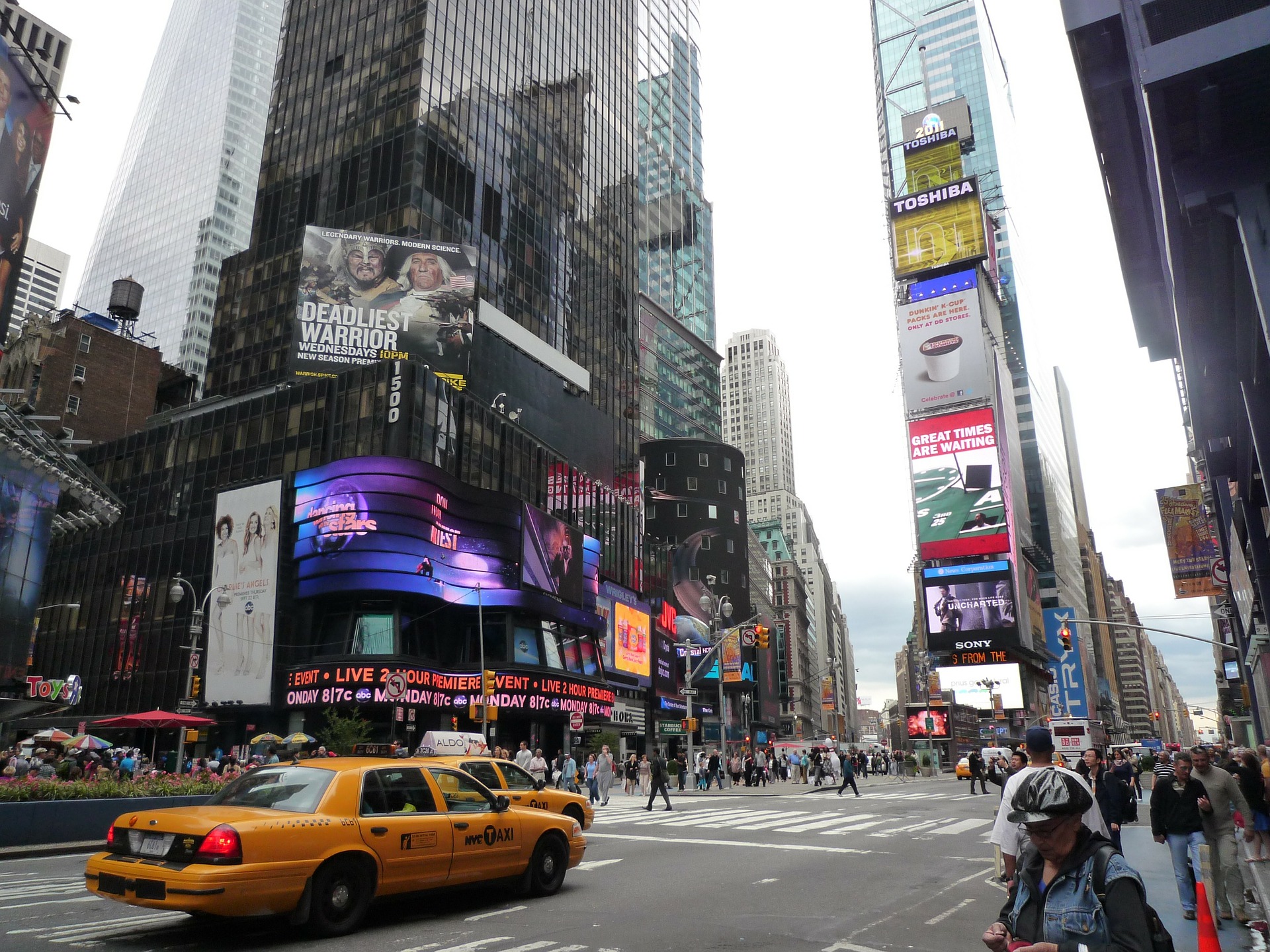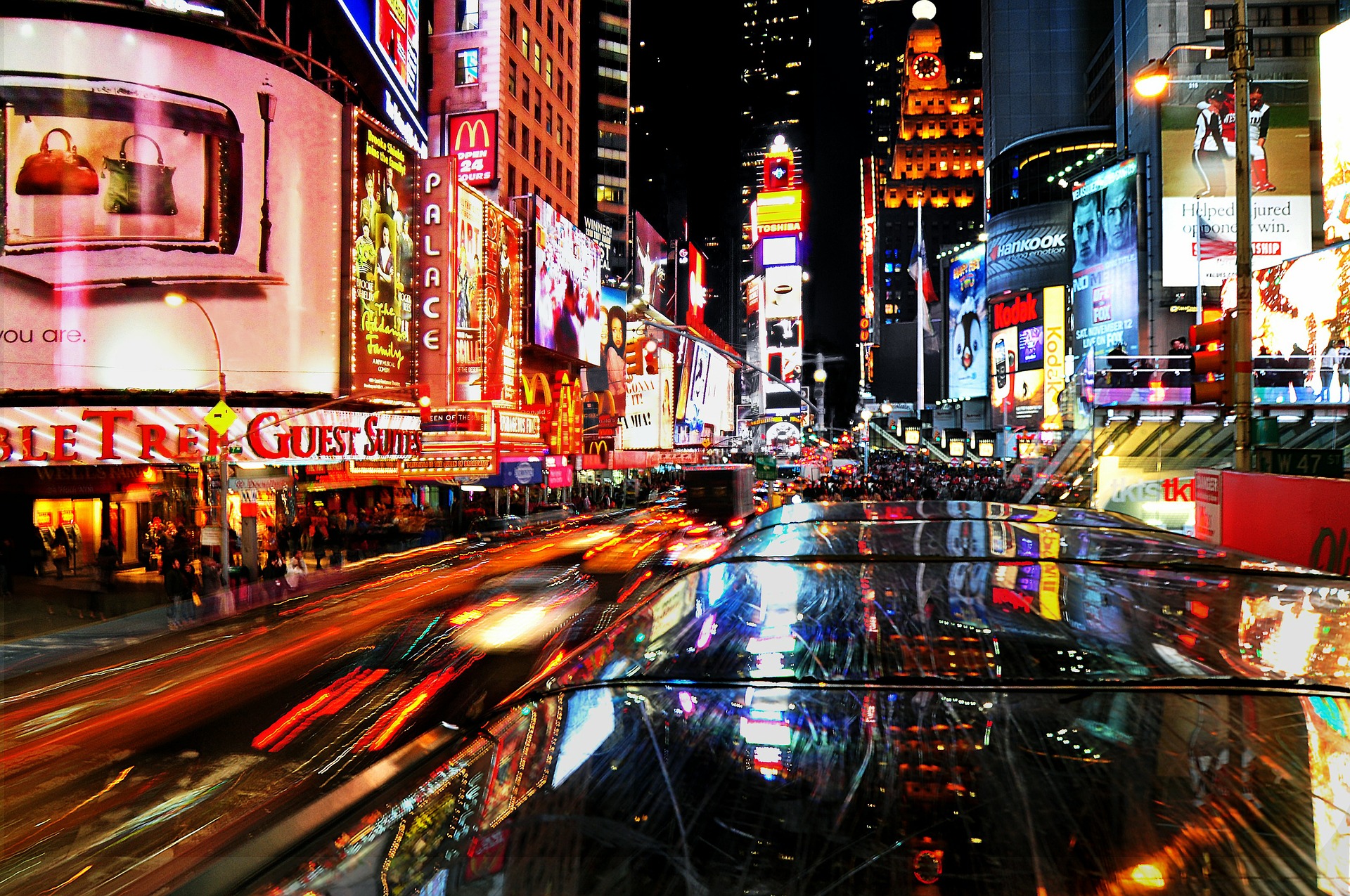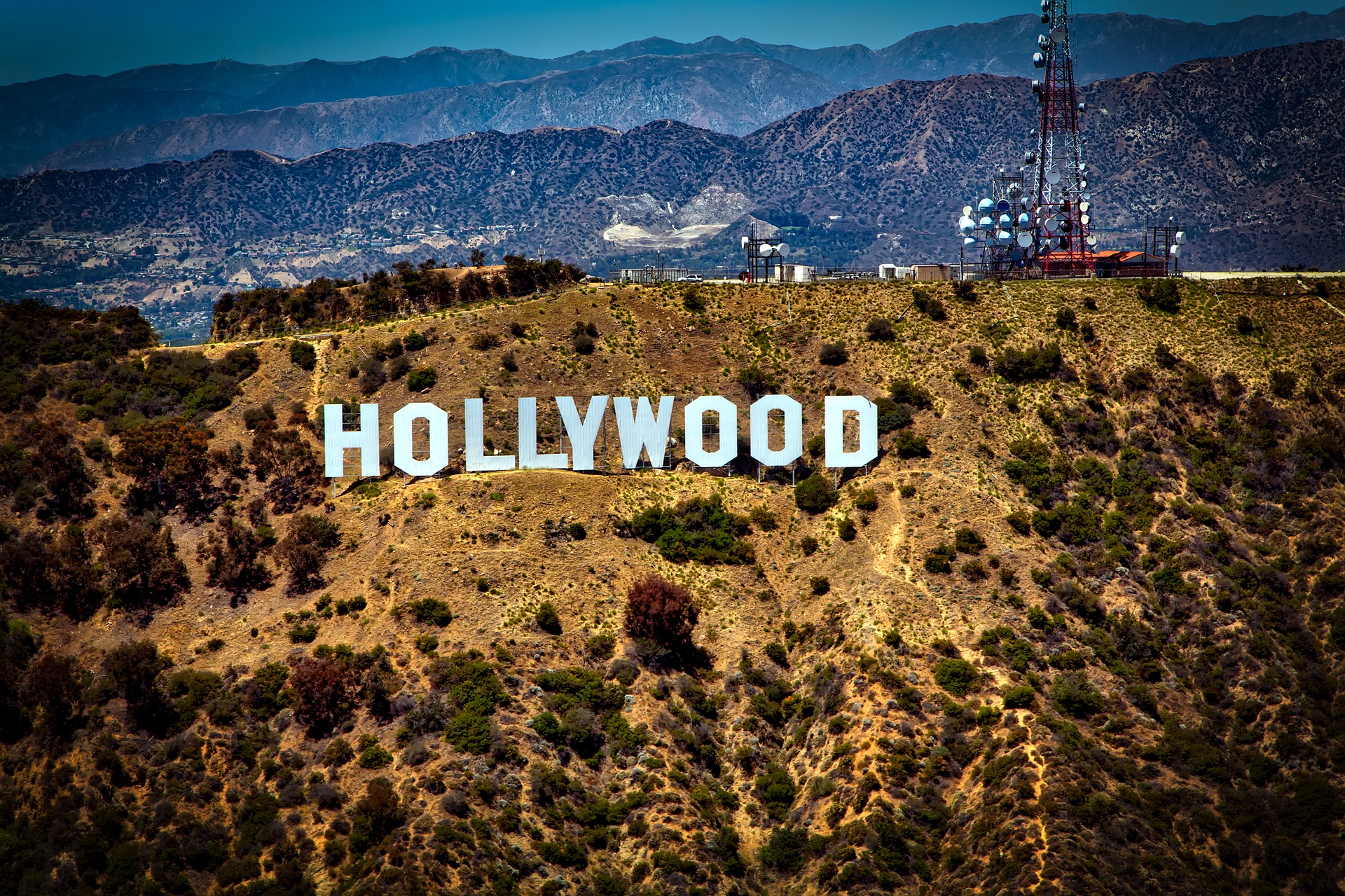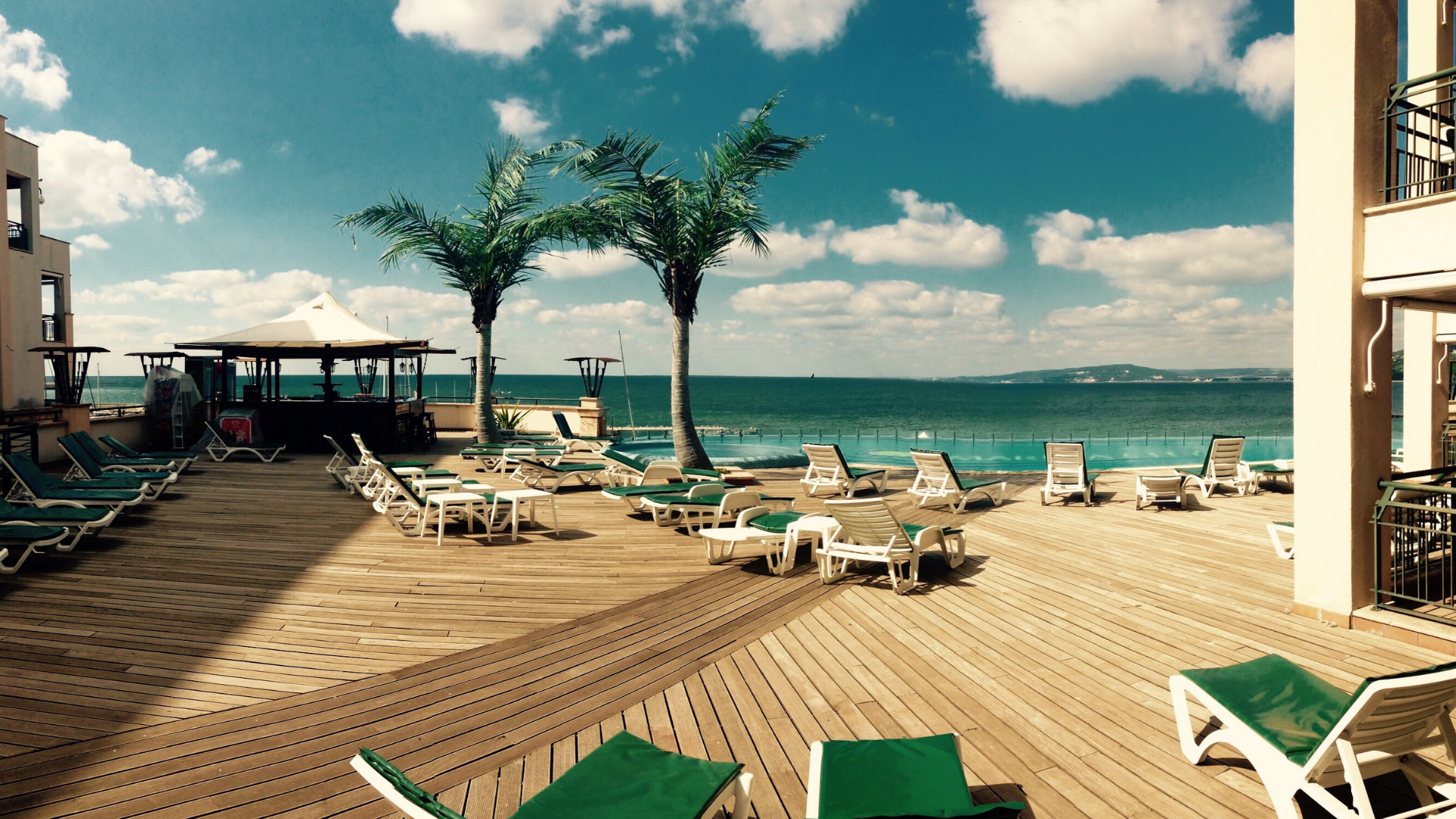During the American Revolutionary War in 1775, theatre in New York stopped for 23 years.
When performing picked up again in 1798, many of the world’s most famous theatres were built. In addition, some of the most talented performers in the world made their appearance. Lightin’ was the first Broadway show to ever reach 700 performances. This was also the longest running Broadway show before Abie’s Irish Rose took its place. Overall, Broadway has had a long and storied past. The history of Broadway is fascinating and has led to how we perceive entertainment today. Let's take a look at how it all began and several interesting facts you should know.
Where is Broadway?
Broadway is located in New York City. This commercial stage entertainment in the United States is popular amongst tourists all around the world. The theatre district is strictly focused on performances, and holds more than 40 professional theatres with over 500 seats. If a show is held at Broadway, it’s considered the highest mark of success for commercial theatre. As a result, it will receive a lot of tourist activity and financial benefits. For example, between 2015 and 2016, tickets profited more than $1.373B.
This road runs from State Street through the borough of Manhattan and through the Bronx, spanning about 13 miles in total. Although it’s still popular to this day, it’s the oldest north-south main thoroughfare in the entirety of New York City. Broadway dates back to the first New Amsterdam settlement, although it didn’t receive the name ‘Broadway’ until the late 19th century.
It was once a two-way street, until June 3, 1962. Since May 2009, Broadway through Duffy Square to Herald Square have closed to automobile traffic. The pavement is strictly reserved for walkers and cyclists. After a temporary experiment, the city made this a permanent change in February 2010. As a result, pedestrian injuries dramatically reduced and it became a popular location for residents and businesses.
Broadway underwent a redesign between 35th and 42nd Streets. Currently, the bike lane is on the left side to the pedestrian plazas, which can sometimes cause a problem between pedestrians and cyclists. Even still, the auto-free zone allows theater-goers to enjoy their experience without as much hustle and bustle as the rest of the city.
The Historical Overview of Broadway
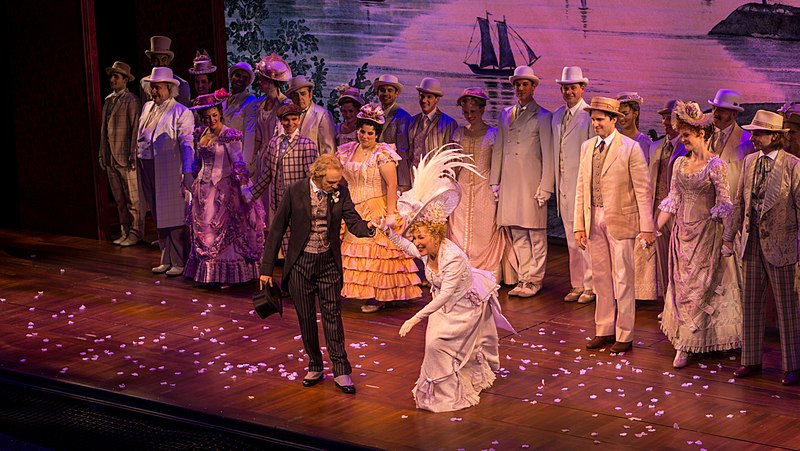
Credit Wikimedia Commons, Raph_PH
The history of Broadway is unlike any thing else in the world. Still, it wasn’t until 1750 that Broadway made a name for itself. Thomas Kean and Walter Murray opened a theatre company on Nassau Street. You could find Shakespearean plays and ballad operas there, and more than 280 guests could attend. During the Revolutionary War, the city stopped theatre shows, but started again in 1798.
The Park Theatre was built and received huge success amongst New Yorkers. After its birth in 1826, shows became very popular. Another theatre, called Niblo’s Garden, opened. It presented musical and non-musical acts and this opened doors to the endless opportunities on Broadway.
At this point, Broadway was still a luxury and considered an upper-class activity. Consequently, in 1849, a riot took place on Broadway when a lower-class audience were greatly offended by upper-class audiences. This riot massively impacted the history of Broadway as New York separated theatre according to class. The upper class attended the opera, the middle class watched melodramas and the working class attended the variety shows.
In the middle of the 19th century, musicals were first performed on Broadway. The Elves was the first ever musical, and it played for 50 performances. The modern musical as we know to this day, didn’t appear on Broadway until 1866, with The Black Crook. It was nearly six hours long.
The history of Broadway changed significantly again in 1881 with the musical, The Mulligan Guard Picnic. This was because the characters were a representation of people you could find in everyday life. Ordinarily, the characters presented on Broadway were different to those in everyday life and were mythical creatures.
How Has Broadway Changed and Evolved?
The history of Broadway began to change in the 20th century with shows becoming incredibly popular. As a result, prices were reduced and there wasn’t the divide between upper and lower classes. It was during this century that musicals were set in the modern times. Writers also began developing characters who were an honest representation of the modern day.
In 1919, Broadway became a professional experience for actors, and the Actors Equity Association was born. This required all professional productions to be registered. Soon, passionate actors became traveling to New York City to begin their careers and gain experience.

Credit: Flickr, Bradley Jones
However, theatre received a bad period when motion pictures created sound. But, actors and writers still continued to work had and song and dance performances became increasingly popular. Many well-known musical composers and directors created shows during this era, and influenced our representation of musicals.
The newspaper, the New York Times, is a significant resource for Broadway productions. It acts as a guide for people who don’t always buy tickets, or are looking for the next show to watch. The journalists’ reviews and criticism is highly important to the influence of a show. With a team of theatre critics working for this newspaper, one poor review can ruin the reputation of a musical forever.
How Has Broadway History Influenced Other Aspects of Culture?
The history of Broadway has significantly influenced American popular culture as we know it today. Many of the most important awards came from the musicals of Broadway – for example, the Tony Award, Grammy, Emmy or Oscar. Broadway musicals have become their own culture over the years. Fans and tourists will travel from the other side of the world to watch a popular musical on stage.
Musical theatre often dealt with difficult issues that the news or community wasn’t really addressing. It didn’t always solve the problems as such, but helped to create a conversation which reflected societal issues. For example, racism. But on the flip side, musical theatre created opportunities for friends and family to get together for a fun day out. Musical theatre didn’t always handle dark issues and that wasn’t a bad quality. Consequently, the development of TV and comedy followed suit as performing became a form of entertainment.
Two Famous Theatres on Broadway
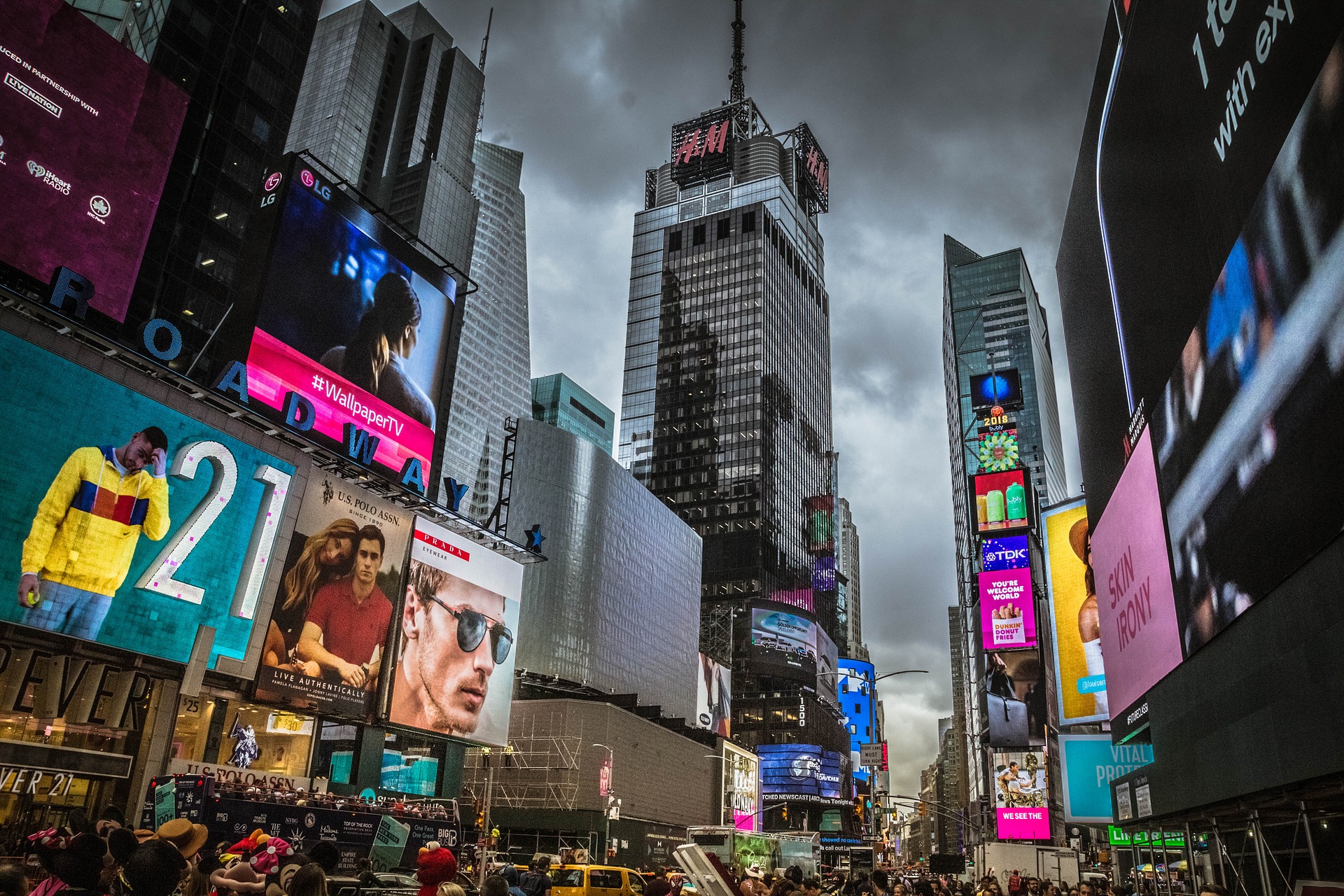
The Lyceum Theatre is one of the oldest theatres on Broadway which is still operating. Built in 1903, its first production was The Proud Prince. Seating 950 people with a total of three floors, it was named a landmark in 1974 to recognize its popularity in New York.
Another renowned theatre on Broadway is the New Amsterdam Theatre, built in 1902. This theatre opened with Shakespeare’s A Midsummer Night’s Dream. It fell victim to the Depression in 1936, where it consequently closed. However, it re-opened one year later. Since then, it’s added to the National Register of Historic Places in 1980.
What Do You Know about The History of Broadway?
The history of Broadway is complex and long, but we wanted to share our favourite facts with you. During the early days of musicals, what mattered most were the songs. Consequently, it was important that they were catchy to amuse the audience. But, during the beginning of the 1930’s, musicals transitioned to incorporate more serious matters. If we look at Broadway today, there’s a variety of shows which are purely entertaining or address life-changing situations.
Are there any facts you know about the history of Broadway? If so, share your thoughts and knowledge in the comments to keep this conversation going.
Related Article: Best Shows On Broadway for a Weekend Trip to New York City
